Impurities
October 12, 2018
Sitting down at the bar, Henry unfolded the Red Hook Voice. Its headline caught his attention: “U-Wall Plan Suspended: when will Red Hook get its flood protection?"
“That’s unfortunate news,” Henry thought, even though he doubted the effectiveness of a storm barrier. “But I guess not every issue has to be solved by building walls.” At this rate, and given the current president’s ignorance to climate change, Henry doubts the wall will even be built in 2020.
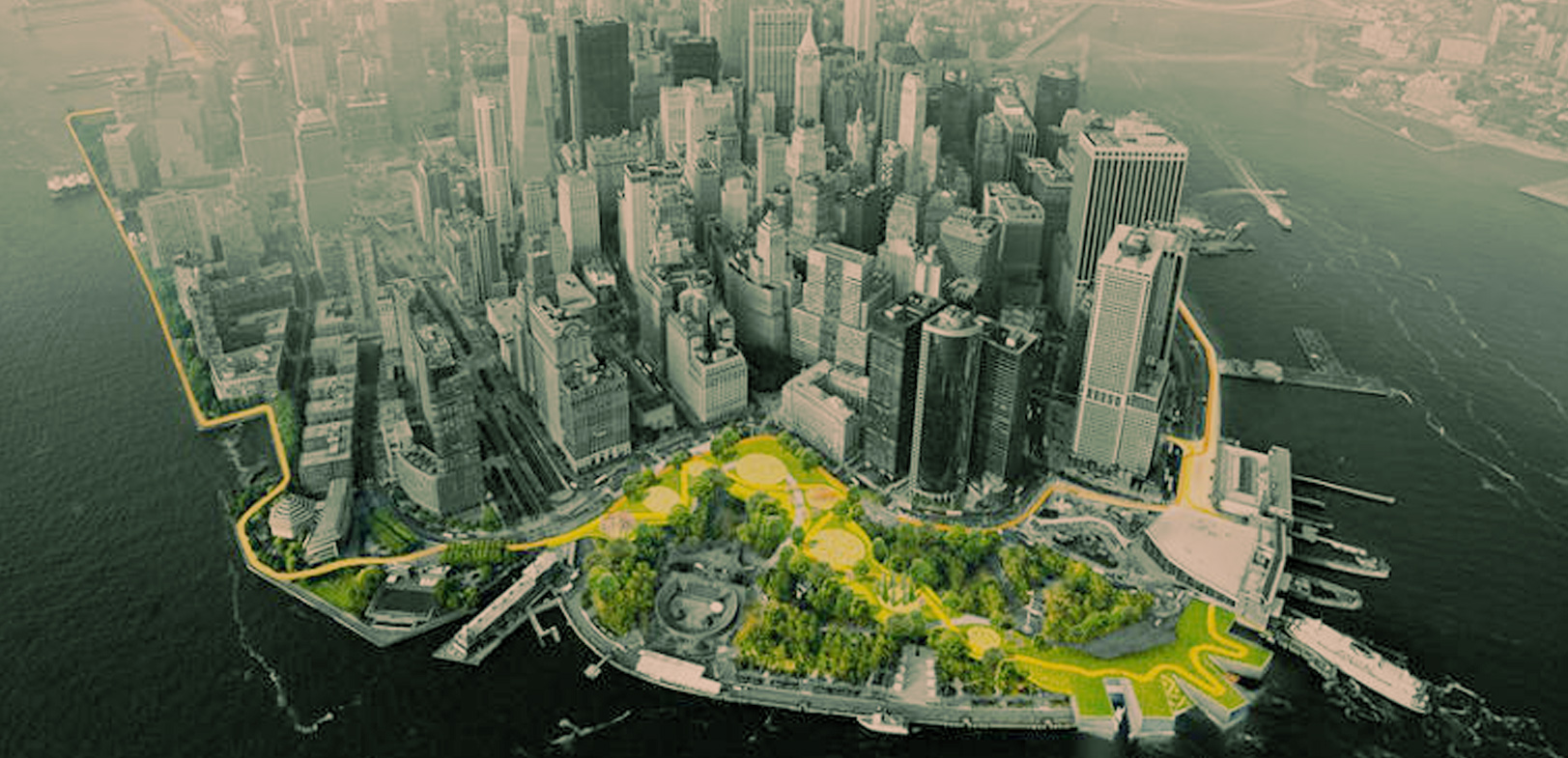
Figure 1. The Big U project (the prototype of the U-Wall Plan in the story) is being designed to expand parks along the waterfront to help buffer low-lying areas of Manhattan from storm surges. Credit: Rebuild by Design.
The plan was one of the winners from a design competition announced by the previous president, Barack Obama, whose 2012 re-election campaign had been delayed by Hurricane Sandy. Henry would never forget the night that his old home ravaged by Sandy that October. He was with his boy Waylen, who had come to help in his sandwich place after school. After they closed the restaurant, they walked down Commerce Street toward their home and turned down Van Brunt Street. However, they soon found themselves stuck by a strong stream of water at Dikeman and Van Brunt, which grew larger and larger by the second. Henry stood shocked for a moment, wondering what to do. But he soon noticed someone gesturing to him toward the Butler Drawing Institute. Without hesitation, Henry grabbed Waylen’s arm and dragged him into the gallery. A couple of people were already there, squeezing water from their clothes and trying to dry their phones. Looking out through the glass door, they saw two streams of flood water surging along Van Brunt Street. Surprisingly, the water stopped in front of the gallery and the real estate company next door. They were figuratively caught on the horns of a dilemma.

Figure 2. Members of the New York National Guard patrolled streets in Red Hook, Brooklyn, on Monday night. Robert Stolarik for The New York Times, 2012.
Henry, Waylen, and the others remained sheltered in the gallery until the day after the hurricane hit. During their first night, the power had gone out and they lost the lights and network connection. The entire Red Hook neighborhood became completely detached from the rest of the world and soon fell off-the-grid. Fortunately for those who stayed in the drawing space, the white cube scenery and the dynamic paintings on the walls kept their spirits relatively high. An exhibition that celebrated the age of President Obama was in the midst of being de-installed made the few stuck there feel they were blessed by his presidency.
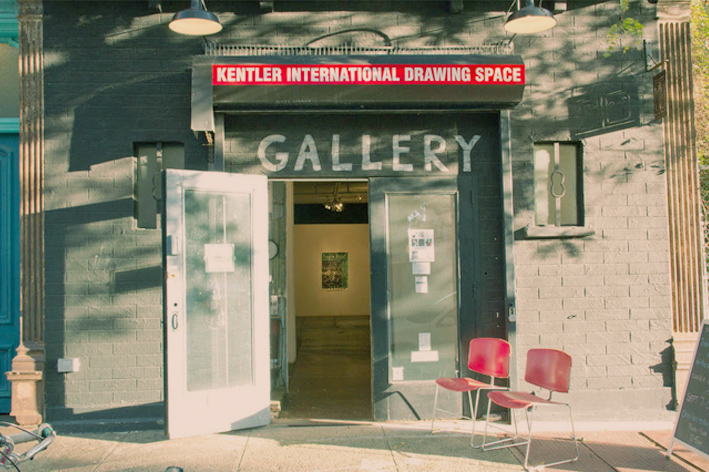
Figure 3. Kentler International Drawing Space (the prototype of the Butler Drawing Institute in the story), Off Campus Apartments NYC.
When the water finally began to recede, Henry and Waylen returned home only to find their house too filthy and wet for them to stay. They had no choice but to live in their truck, which luckily floated on the water when Sandy hit. They lived this hippie lifestyle for a week, until one day Waylen returned from the Red Hook Foundation with a volunteer who helped them fill out forms and found them a temporary apartment in Manhattan.
When spring came, the father and son moved back to Red Hook and spent two months trying to clean the mud and bacteria from their home, but mold had contaminated it when the weather turned hot and humid. Mold had actually become the biggest threat in the area after Sandy, along with pollution from other minor toxins.

Figure 4. Red Hook after Sandy, Michael Fleshman, 2012, Flickr.
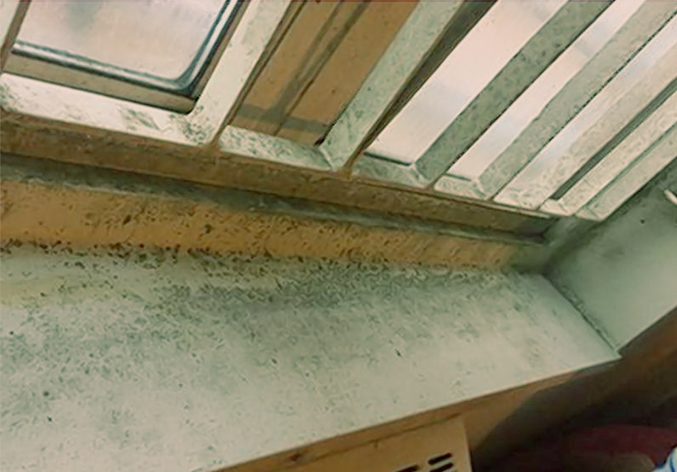
Figure 5. Mold had contaminated the house when the weather turned hot and humid. Reference [1].
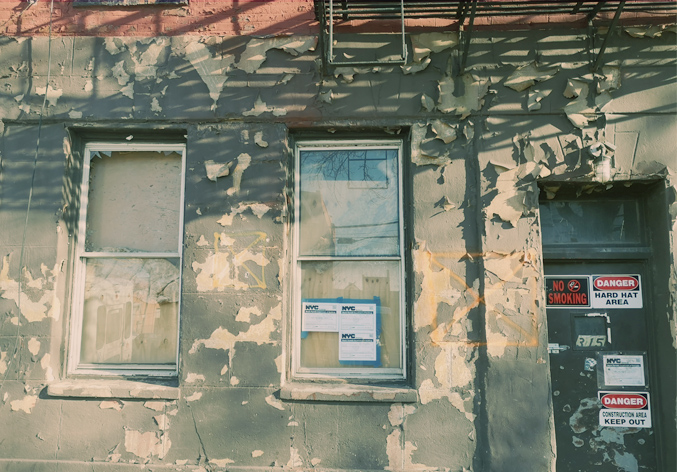
Figure 6. Damaged walls in Red Hook, Ruixuan Li, 2019.
Since 2013, the once-flourishing Red Hook ballfields were closed one by one. According to the official announcement, city testers had discovered serious lead contamination in the soil, which had polluted the park, making it dangerous to use. Tall fences were erected around the ballfields, and signs in English, Spanish, and Chinese were hung to deter people from entering the fields. Shortly after, construction crews had moved, hung tarps, and started cleanup.
Henry doubted the validity of the city announcements and he remained suspicious of the government’s motivation behind the construction activities at the park. He and his son had been using the facilities for more than ten years and seldom got sick. How could he believe what they were saying about pollution?
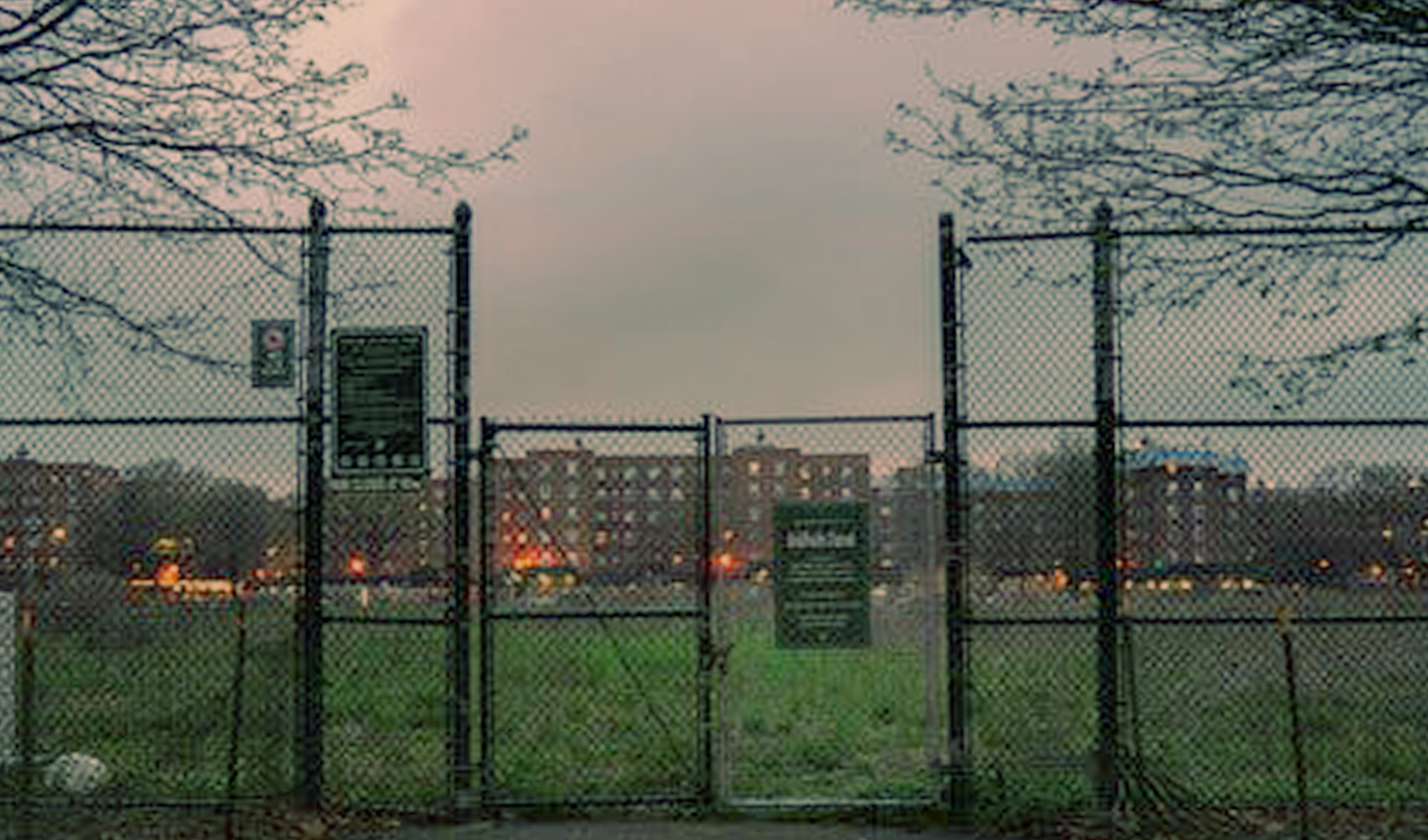
Figure 7. The once-flourishing Red Hook ballfields were colsed. Reference [2].
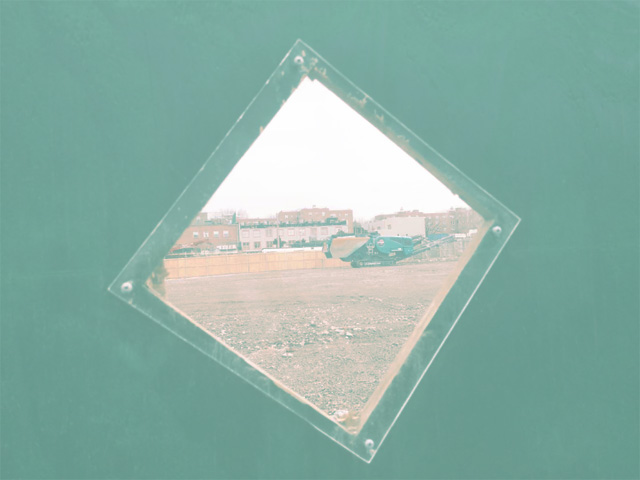
Figure 8. Suspicious constructions in the closed ballfields, Ruixuan Li, 2019.
This story about the Red Hook ball diamonds reminded Henry of a day before the Hurricane when Waylen came home from that very park ranting about some strange creature he’d seen in the ground there. Who knew what the government was actually studying behind the fence tarps?
Although the government and other organizations were attempting to rebuild the neighborhood, there was nothing Henry could do to salvage either his condo or his small restaurant on Commerce Street. With the rigid FHA house condition requirements, it was impossible for him to afford the extensive repairs. Eventually, Henry ended up having to sell both properties, and the memories they held, and moved to Carroll Gardens.
Audio 1. Henry (The prototype of Henry in the story) talking about Hurricane Sandy's aftermath in the neighborhood.
Today, like many before, Henry traveled to Red Hook and visited his old friends at the Veteran Tavern. But over the years, these get-togethers had become somber as his older friends started to pass away. Henry was convinced they had died from stress or heartache caused by the loss they had suffered during, and after, Hurricane Sandy. Despite this certainty, he never mentioned it to his son. Henry’s grief and helplessness bloomed in his heart, just like the overwhelming molds in his old home.
Video 1. Hurricane Sand's Aftermath - Red Hook Brooklyn, Israel Flores, 2012.